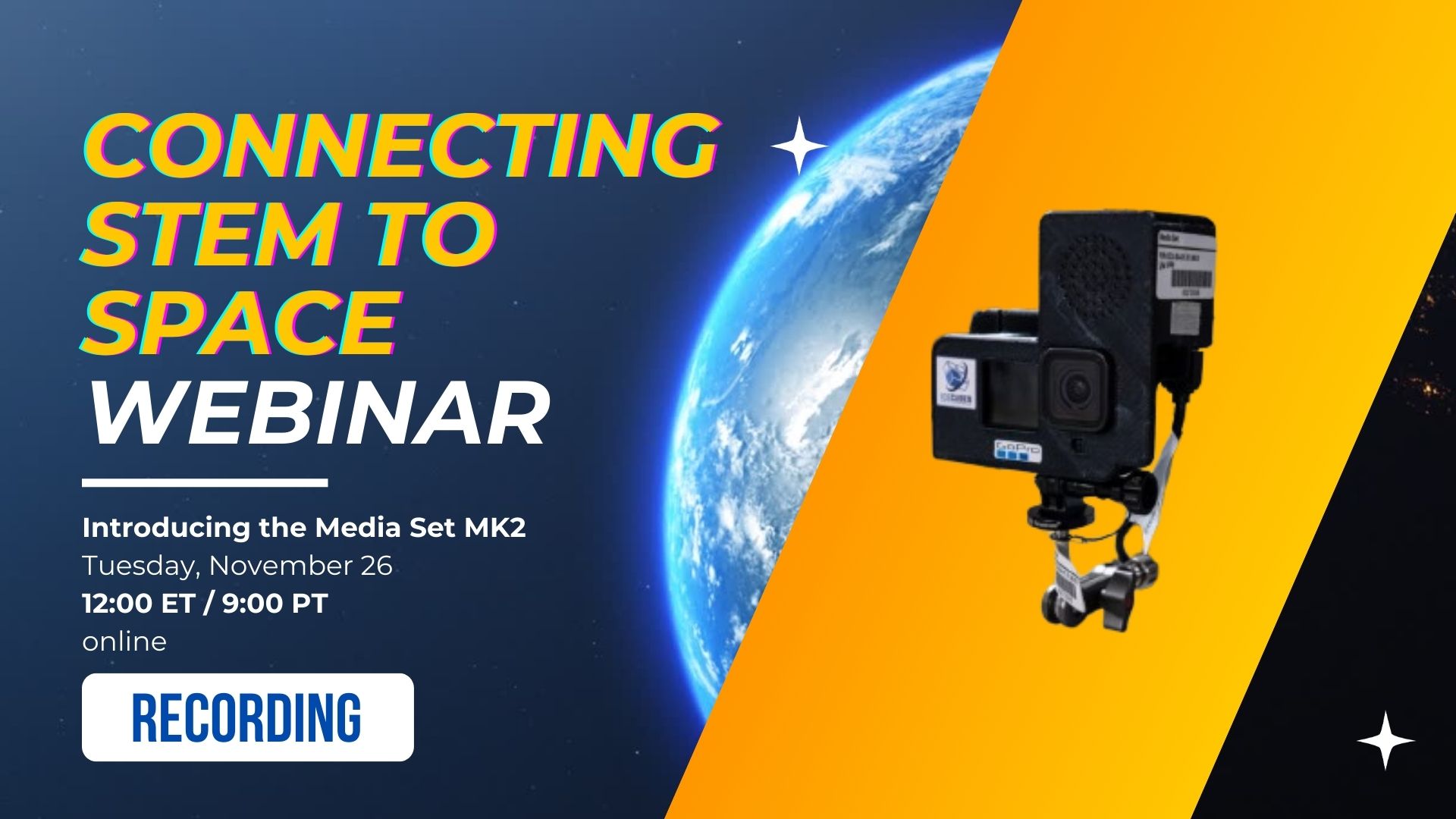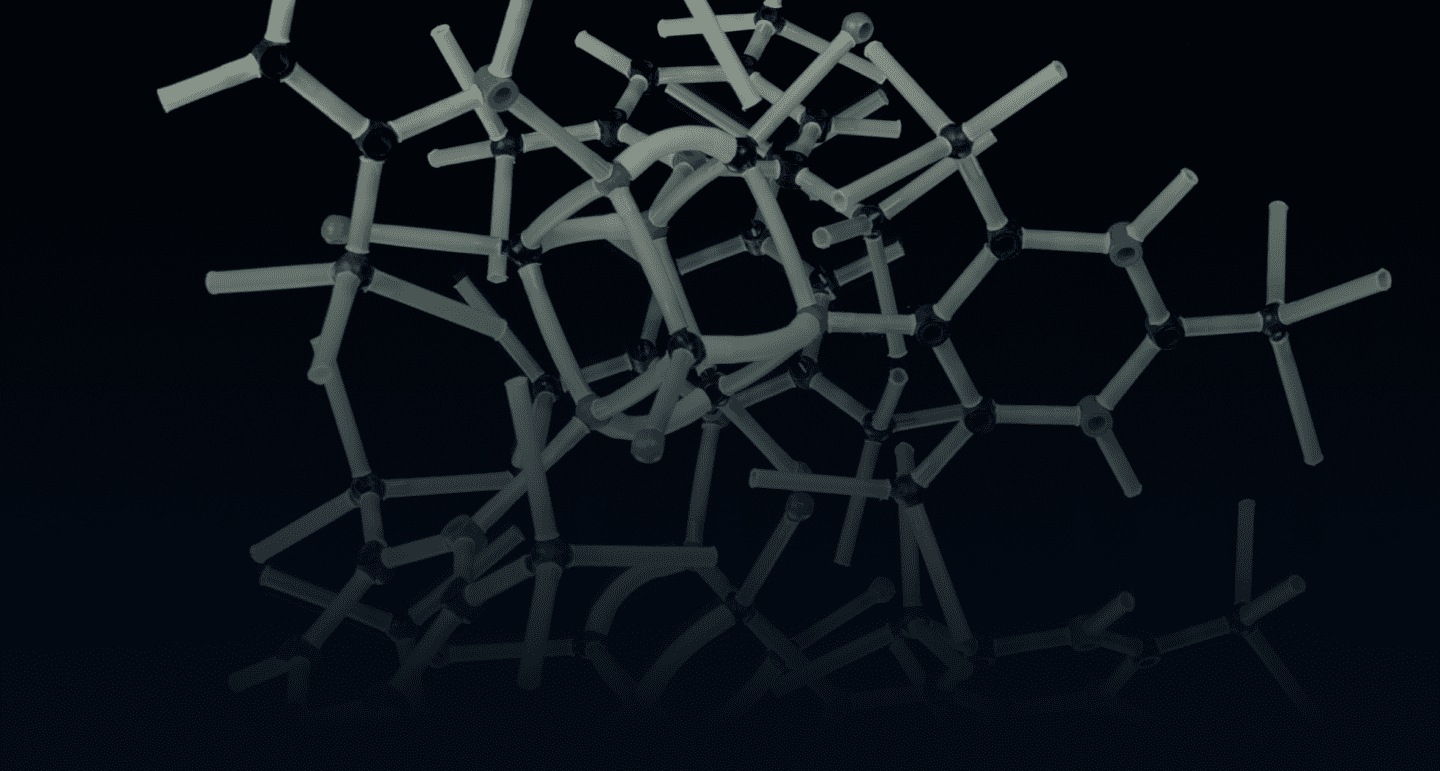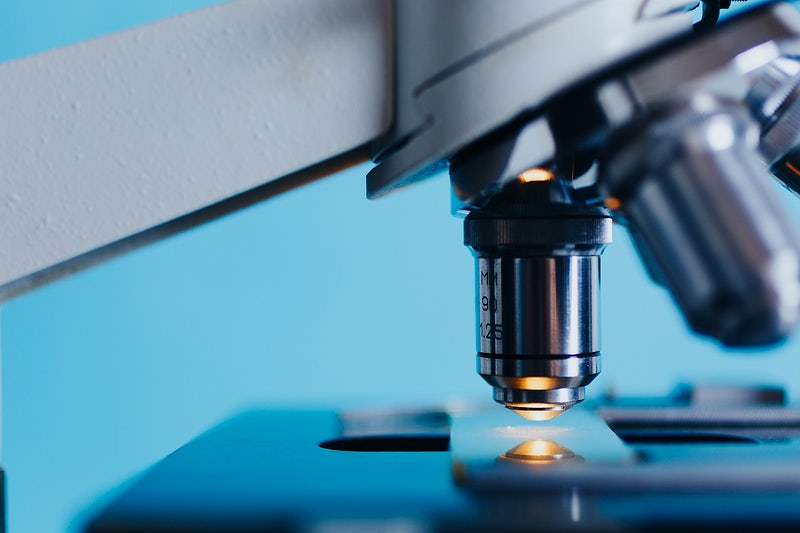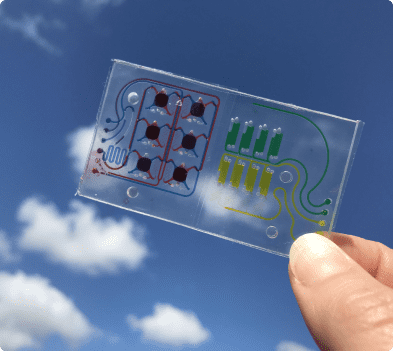At SCM, we help the pharmaceutical industry harness the unique advantages of microgravity for drug development. Our latest white paper explores how space-based crystallization research is transforming drug formulation and structural biology.
Crystallization in space—free from gravity-induced sedimentation and convection—produces purer, more uniform crystals. These high-quality crystals allow for sharper molecular imaging and more stable drug formulations, directly benefiting structure-based drug design and next-generation therapies.
In this white paper, we highlight groundbreaking case studies:
- Pembrolizumab (Keytruda): Merck used microgravity experiments on the ISS to develop a lower-viscosity, injectable formulation of its blockbuster cancer drug—now in Phase 3 clinical trials.
- Ritonavir (Norvir): Varda Space Industries crystallized a rare, metastable polymorph of this HIV medication in orbit, opening new avenues for small molecule drug stabilization.
- HPGDS (Hematopoietic Prostaglandin D Synthase): Japanese researchers leveraged microgravity to grow crystals that enabled the design of promising treatments for Duchenne muscular dystrophy.
With new private space stations and reusable return capsules on the horizon, microgravity R&D is becoming more accessible to biotechs, researchers, and even students. Our team supports clients through the entire crystallization journey—from experiment design to post-flight analysis—on platforms like Kirara and beyond.
Microgravity is no longer science fiction. It’s a competitive edge.
🛰 Learn more: [email protected]
